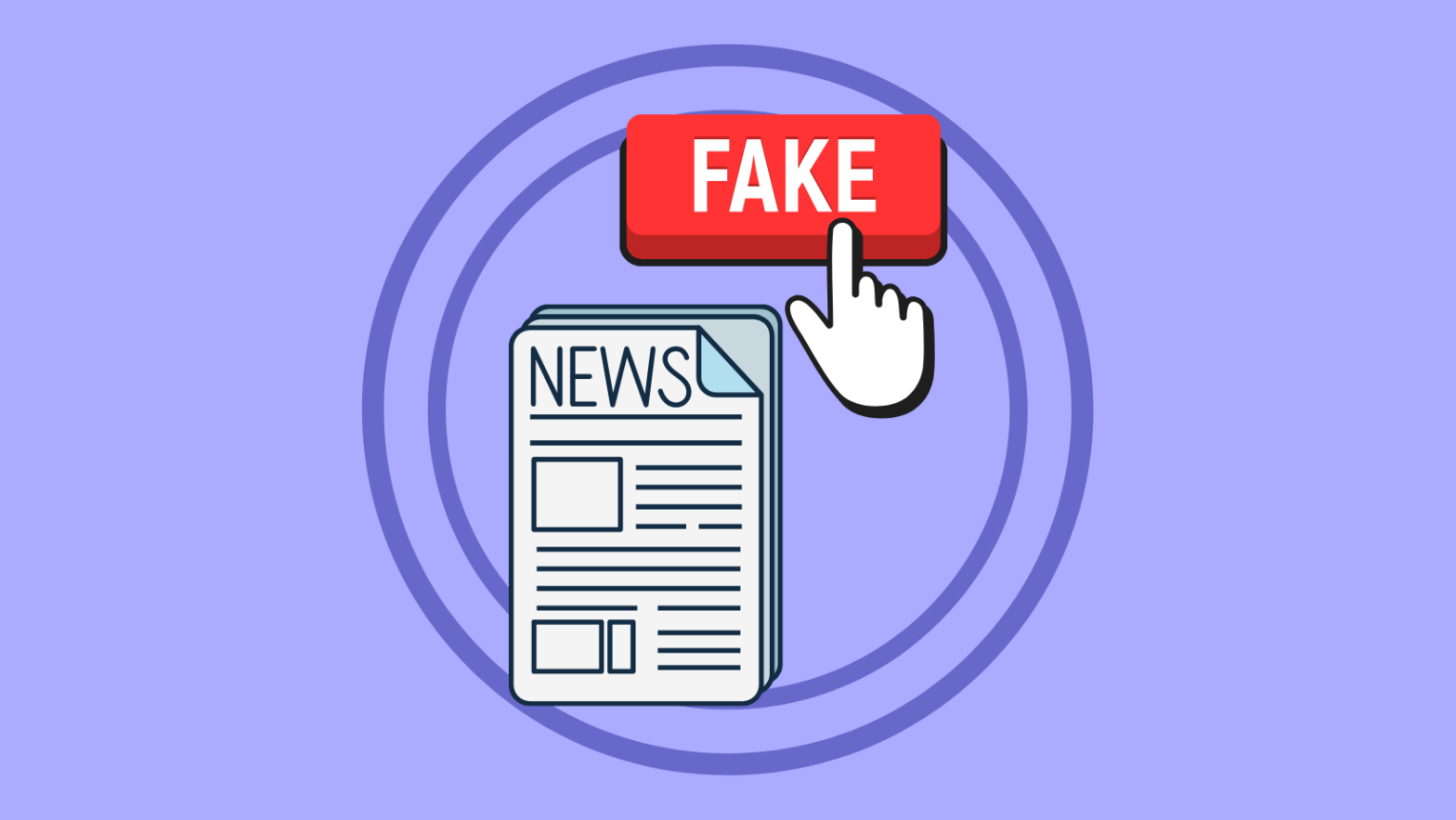- Misinformation can be fatal, so we must filter out fact from fiction.
- Recent research reveals that coronavirus misinformation led to almost 6000 hospitalizations in the first three months of 2020. Researchers also say at least 800 people died from false information.1
- From false information spread by Covid-19 skeptics to anti-vaxxers’ conspiracy theories (one ridiculous theory states that the Covid-19 vaccine alters human D.N.A.), there’s a lot of fake news on the internet.2
75%. According to a survey done exclusively for BuzzFeed News by Ipsos Public Affairs (polling over 3000 American adults), that’s the number of Americans that believe fake news.
You could say that right now, we’re suffering from an infodemic. No, you didn’t misread that. A term coined by the WHO (World Health Organization) an infodemic refers to an overabundance of information, both true and not.
Types Of Fake News
They fall into two broad categories: misinformation and disinformation. What’s the difference, you may ask? While both types refer to incorrect or wrong information, disinformation is more corrupt, as it’s the spread of intentionally inaccurate information. Misinformation, on the other hand, is wrong information that may be a genuine error.
Propaganda: Storytelling based on fabrication or distortion to promote a political agenda or biased viewpoint.
Imposter Content: When legitimate news outlets are impersonated with fraudulent, made-up stories to confuse or mislead audiences.
Clickbait: The truth doesn’t matter when it comes to clickbait. Often luring people to click based on sensational or outrageous headlines, it usually doesn’t deliver the promised content people are expecting. And if it does, it’s generally not true.
Poor Journalism: Occasionally, journalists don’t have time to fact check, which means that an honest mistake can become fake news.
Satire/Parody: Fake news is sometimes published for fun. These stories do not try to mislead the audience to avoid being taken seriously. The Onion and The Daily Mash are two examples of satirical websites.
Red Flags to Be on the Lookout For:
Unreliable Sources: Consider what the source is. Examine official websites to see if stories are repeated there. Cross-checking and verifying are super important.
Suspicious Looking Logos: Ensure that the logo for any organization used in the message matches the logo on the organization’s official website. You may need a hawk eye for this, as some fake logos are remarkably well done.
Make Use of Fact-Checking Websites: When in doubt, check out fact-checking websites like Fact Check and Fullfact. Look up the story’s headline in a search engine to see whether it’s been flagged as false news by major news outlets.
News That’s Riddled with Errors: News that’s from a credible source very rarely has bad English or is sprinkled with misspellings.
False Social Media Accounts: Many bogus accounts closely resemble the actual thing. For instance, the unauthorized Twitter account @BBCNewsTonight, a replica of the real @BBCNews account, tweeted a fabricated report about actor Daniel Radcliffe testing positive for coronavirus. Media platforms make an effort to eliminate or flag bogus accounts and stories while verifying genuine ones. Keep an eye out for their policies regarding this. 3
Why Is Fake News So Dangerous?
Can Affect Your Health
It’s easy to find many fake and misleading news stories about medical treatments and significant diseases like cancer or diabetes. Putting your trust in these false stories could lead you to make decisions that could harm your health.
Fake News Shields People from The Truth
A Pew Research Center study found that people on the right and left (politically) have different ideas about what constitutes fake news. As a result of the fake-news scare, people may be less likely to turn away from ideological outlets and extremist groups. Instead, they may be cutting back on their general information consumption and even their social connections.
In College? Fake News Can Hurt Your Grades
Students are expected to do their research and write papers based on reliable sources. Your G.P.A. may be affected negatively if you use sources that give you false or misleading information, so be careful what places you gather information from.4
Examples Of Fake News
Here are a couple of news stories that will make you feel positively baffled and perhaps sputter with laughter due to their ridiculousness.
Key Takeaways
All in all, doing your due diligence when it comes to news is crucial and can sometimes be a matter of life or death. Misinformation and disinformation are rampant in today’s world, and we need to be selective by filtering facts from fiction. We hope you enjoyed reading this blog post! Feel free to share your experiences with fake news in the comments below; we’d love to hear your thoughts. Thank you!
